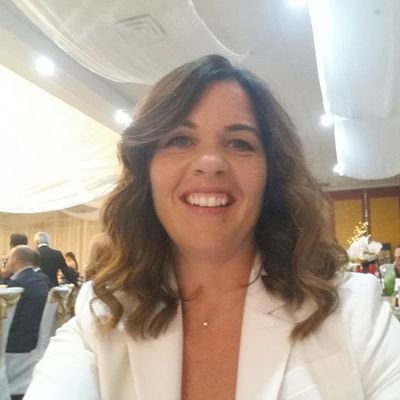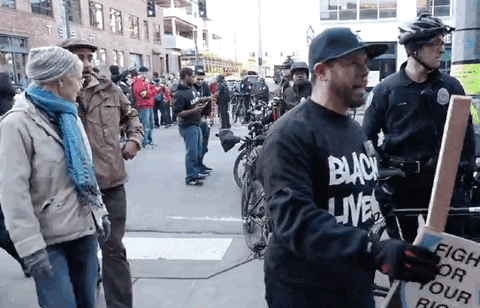Update on Efforts to Expand Internet Access - Year 2020 (CA Dept of Education)
State Superintendent Tony Thurmond and Digital Divide Task Force Receive Update on Multiple Efforts to Expand Internet Access for All
State Superintendent Tony Thurmond and leaders serving on the Closing the Digital Divide Task Force received a progress report Friday on multiple ongoing efforts and commitments made to date to expand services for the state’s most vulnerable students and families
During Friday’s hearing, the task force, co-chaired by Senator Connie Leyva (D-Chino), heard presentations from internet service providers including Charter, Comcast, Cox Communications, Frontier Communications, T-Mobile, and Verizon on their commitments to expand free and discounted services to more California students, particularly those living in poverty and rural households.
“We believe in giving credit where credit is due, and we’re grateful that many companies have stepped up and answered the call to work with us to help our students access devices and internet,” said Thurmond. “Though we are making progress, we still have a lot of work ahead in order to ensure all our students are connected and able to learn. Affordable computing devices and internet are not only necessary for distance learning but also for lifelong success.”
“Since the task force started working in mid-April on the digital divide issues facing many California students, we have strengthened our cross-sector partnerships that prioritize closing the ongoing technology gaps in our state, “ said Leyva.
“It’s critical that we continue to work hard to meet the technological needs of students, particularly now that the COVID-19 pandemic has shown that distance learning is critical during times of crisis to ensure continued student growth and achievement. We must capitalize on the current momentum to make lasting change for students and communities that urgently need reliable digital access.”
In the months since school campuses across the state closed and educators and students shifted to distance learning, the California Department of Education (CDE) has helped facilitate the shipment of 38,591 tech devices and 64,000 mobile hotspots to schools and districts throughout California. The hotspots and devices, which include laptops and tablets donated by Google, Microsoft, and Amazon, will be delivered to 269 districts, schools, districts, and county offices.
In addition to the devices, the CDE will be granting $5 million to local educational agencies to purchase 20,000 more devices or hotspots. The funds are from the California Public Utilities Commission’s California Advanced Services Fund.
Still, staggering need persists and only grows more urgent as schools plan to resume learning this fall. Although tens of thousands of devices and hotspots have been shipped to schools across California, CDE estimates more than 700,000 computing devices and more than 300,000 hotspots are still necessary to meet students’ needs moving forward. It will cost at least $500 million to meet the technology needs of all students, not counting the costs associated with expanding broadband infrastructure.
California students received a substantial boost earlier this week: an anonymous pledge of $4.7 million to procure more computing devices and hotspots. The commitment was facilitated by the Californians Dedicated to Education Foundation (CDE Foundation), the private non-profit partner of the CDE since 2011, through the California Bridging the Digital Divide Fund. The fund is a joint effort of the Governor’s Office, State Board of Education, CDE, and CDE Foundation. Individual contributions may be made on the
CBDD Fund web page
, and corporate and institutional donors may contact Mary Nicely at
mnicely@cde.ca.gov.
Friday’s task force hearing included a presentation from the California Public Utilities Commission on the Federal Communications Commission’s upcoming multibillion dollar
Rural Digital Opportunity Fund
reverse auction, an initiative to bring high speed fixed broadband service to rural homes and small businesses that lack it. As much as $2.5 billion could be available to California in this effort, and State Superintendent Thurmond asked internet service providers present at Friday’s hearing to provide an update on whether their companies will be applying for these funds.
# # # #
Tony Thurmond — State Superintendent of Public Instruction
Communications Division, Room 5602, 916-319-0818, Fax 916-319-0100
Update on Efforts to Expand Internet Access - Year 2020 (CA Dept of Education)












 The Schott Foundation is a Black-led national public fund serving as a bridge between philanthropic partners and education advocates to advance racial justice and to build a movement that provides all students an opportunity to learn. In response to these extraordinary times, Schott, in partnership with three national coalitions — the Alliance to Reclaim Our Schools, Dignity in Schools Campaign, and Journey for Justice Alliance — launched the Loving Communities Response Fund for Racial Justice to support community-led, grassroots education justice organizations responding to racial justice emergencies.
The Schott Foundation is a Black-led national public fund serving as a bridge between philanthropic partners and education advocates to advance racial justice and to build a movement that provides all students an opportunity to learn. In response to these extraordinary times, Schott, in partnership with three national coalitions — the Alliance to Reclaim Our Schools, Dignity in Schools Campaign, and Journey for Justice Alliance — launched the Loving Communities Response Fund for Racial Justice to support community-led, grassroots education justice organizations responding to racial justice emergencies.












